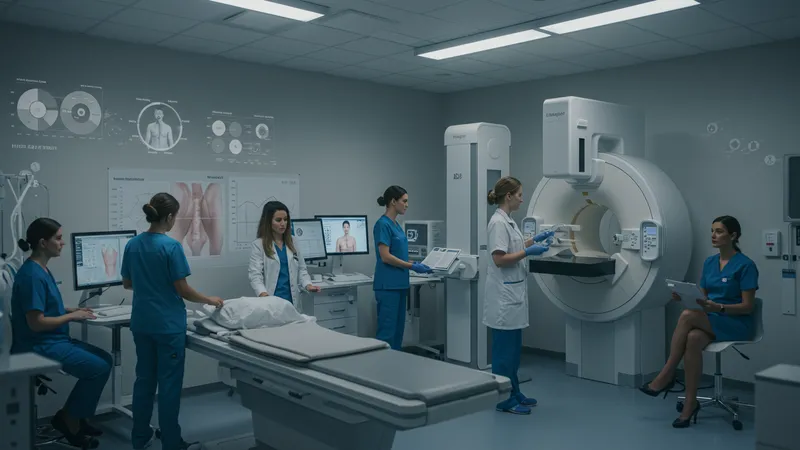
Comprehensive Guide To Breast Cancer Screening And Diagnostic Techniques
Comparison of Breast Cancer Screening Techniques in the United States
Mammography is the cornerstone of national screening guidelines, with decades of long-term data supporting its effectiveness in reducing breast cancer-related mortality. Designed to detect lesions before they become clinically palpable, this method is accessible at thousands of facilities across the US, often covered in part or in full by health insurance providers under preventive care regulations.

Breast MRI, while more expensive, plays an instrumental role for individuals at substantially elevated risk—such as those with BRCA mutations or strong family history. Its high sensitivity outperforms mammography and ultrasound for detecting certain aggressive tumors, though its lower specificity means it tends to generate more false positive results, sometimes leading to unnecessary biopsies.
Ultrasound is especially valuable as a supplemental tool for characterizing lesions detected on mammography or felt during physical examination. It is non-ionizing, making it suitable for younger women or those requiring repeated imaging. While not a substitute for mammography as a general population screening tool, it increases detection rates in women with dense breasts when used adjunctively.
Digital Breast Tomosynthesis is quickly gaining ground, as emerging research demonstrates its superiority over traditional 2D mammography in detecting invasive cancers and reducing callback rates. However, adoption is variable depending on access, with urban areas more likely to offer the service, sometimes incurring small out-of-pocket expenses that may not be universally covered by insurance plans.